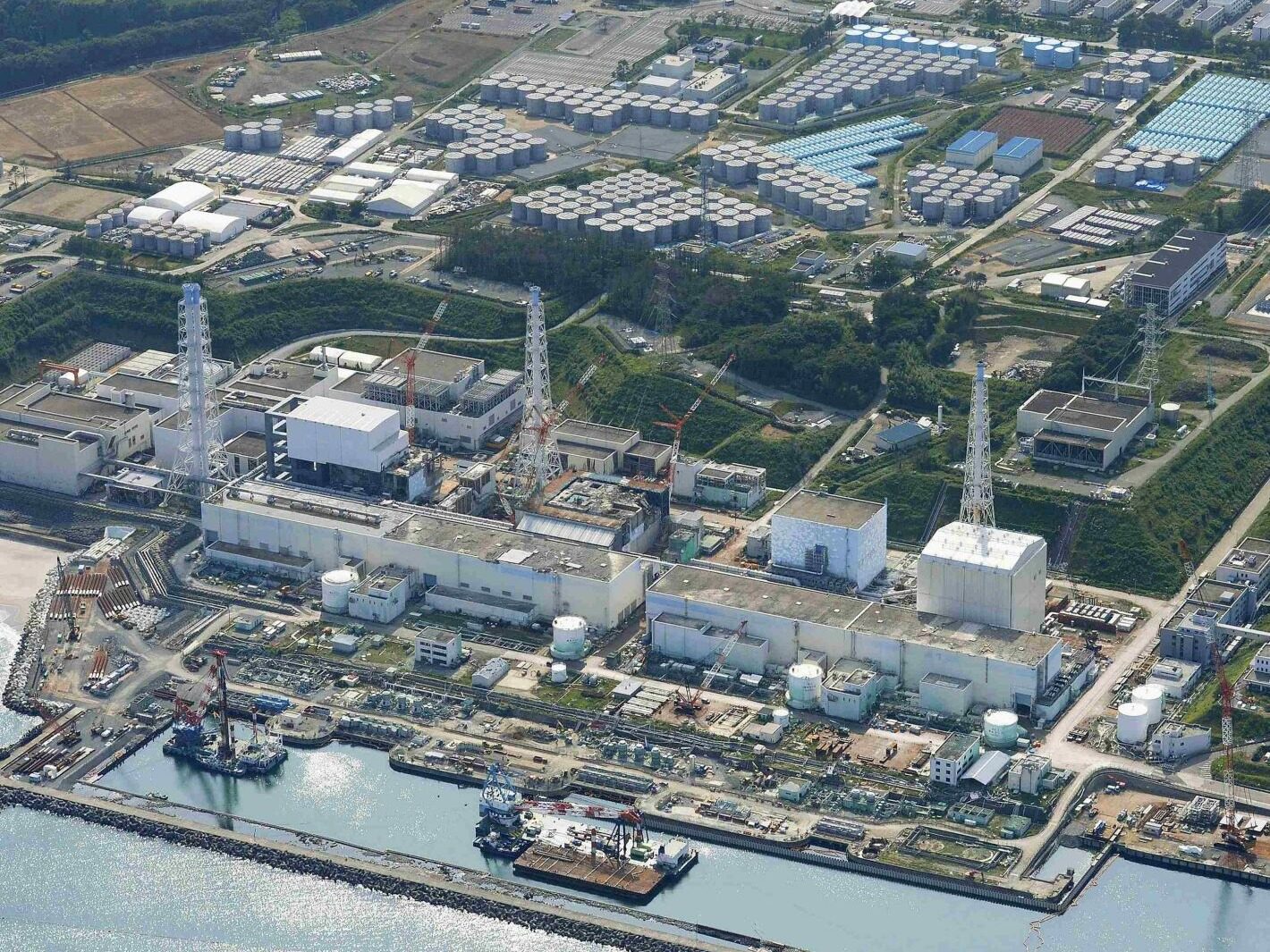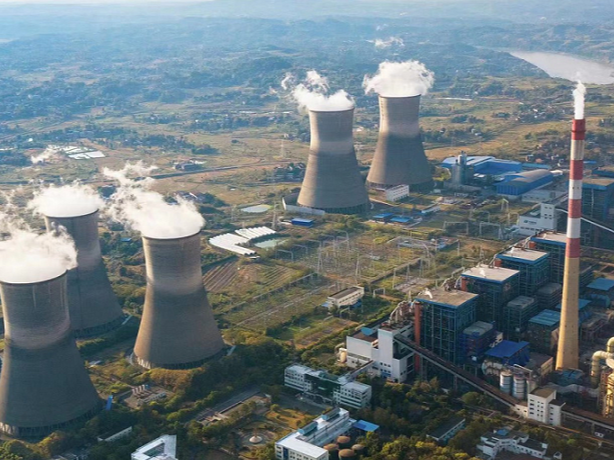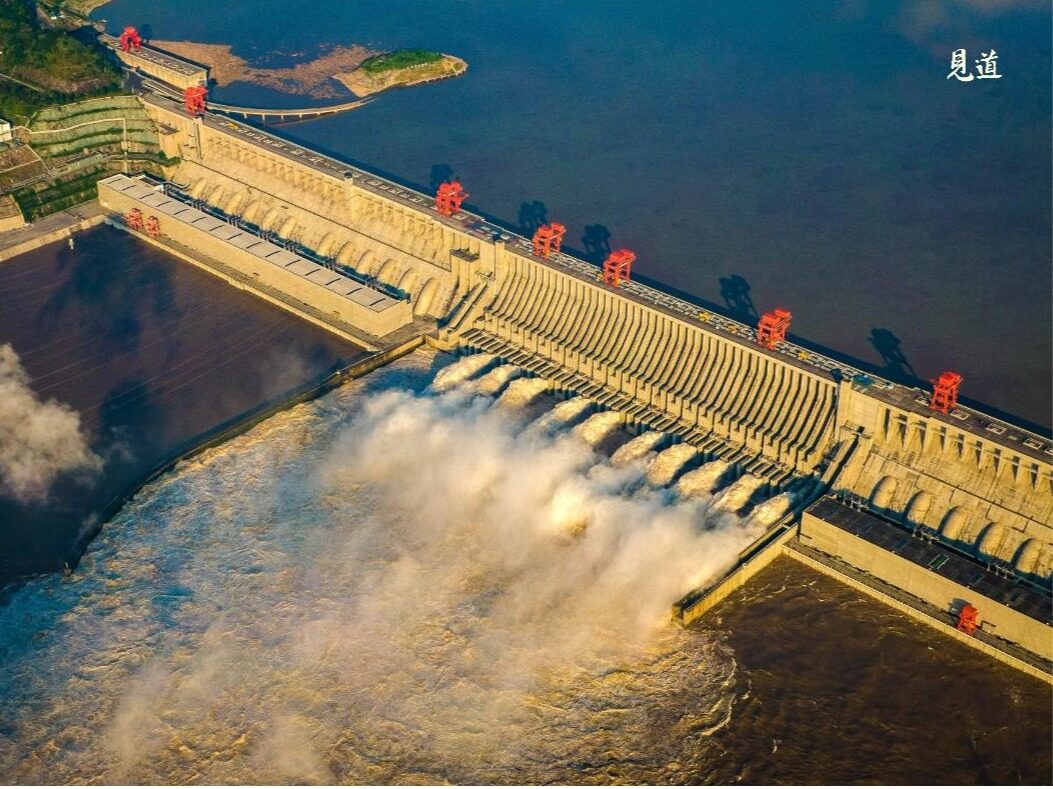- Sewage containing radioactive materials flows out and accumulates around the container

On June 1, Japan time, TEPCO staff found a nuclear waste container leaking in the Fukushima Daiichi Nuclear Power Plant. Sewage containing radioactive substances accumulated around the container. After testing, its concentration was 76 times that of Japan’s national drinking water standard. .

Fukushima Daiichi Nuclear Power Plant
On June 1, Tokyo Electric Power Company was inspecting nuclear waste containers and found that one of the containers was leaking. Wastewater containing radioactive materials flowed out and accumulated around the container. TEPCO used absorbent pads to clean and wipe the waste water. Tests were carried out, and the results showed that its radioactive cesium concentration was 76 times that of Japan’s national drinking water standard. The monitoring data around the incident site did not change. TEPCO believes that the leakage incident has no impact on the surrounding environment.
In March 2021, another nuclear waste container in the Fukushima Daiichi Nuclear Power Plant had a leak. A gel mass was found in the radioactive waste storage area with a radiation amount of about 13 mSv/h. The Tokyo Electric Power Company conducted an investigation and discovered that the container storing radioactive waste such as water, paper, cloth, pipelines, etc. had leaked. These substances were mixed and leaked out to form a gel-like substance.
Tokyo Electric Power analysis believes that the container storing radioactive materials leaked due to corrosion, and the concentration of radioactive materials in the drainage line near the accident site increased. It may be because the leaked materials mixed with part of the rainwater and flowed into the harbor.
According to Tokyo Electric Power, after the nuclear accident that year, wastes such as protective clothing with high radioactivity were stored in indoor warehouses, while waste with relatively low radioactivity was stored in outdoor containers. At present, the Fukushima Nuclear Power Station has 85,469 outdoor nuclear waste containers, of which 4,011 containers were filled before November 2017. There is no detailed record. It is not yet possible to confirm what kind of waste is stored in it, but it is known. None of them are highly radioactive materials. In March 2021, the company discovered a leak when inspecting the container. Editor/He Yuting
Comment
 Praise
Praise
 Collect
Collect
 Comment
Comment
 Search
Search














Write something~